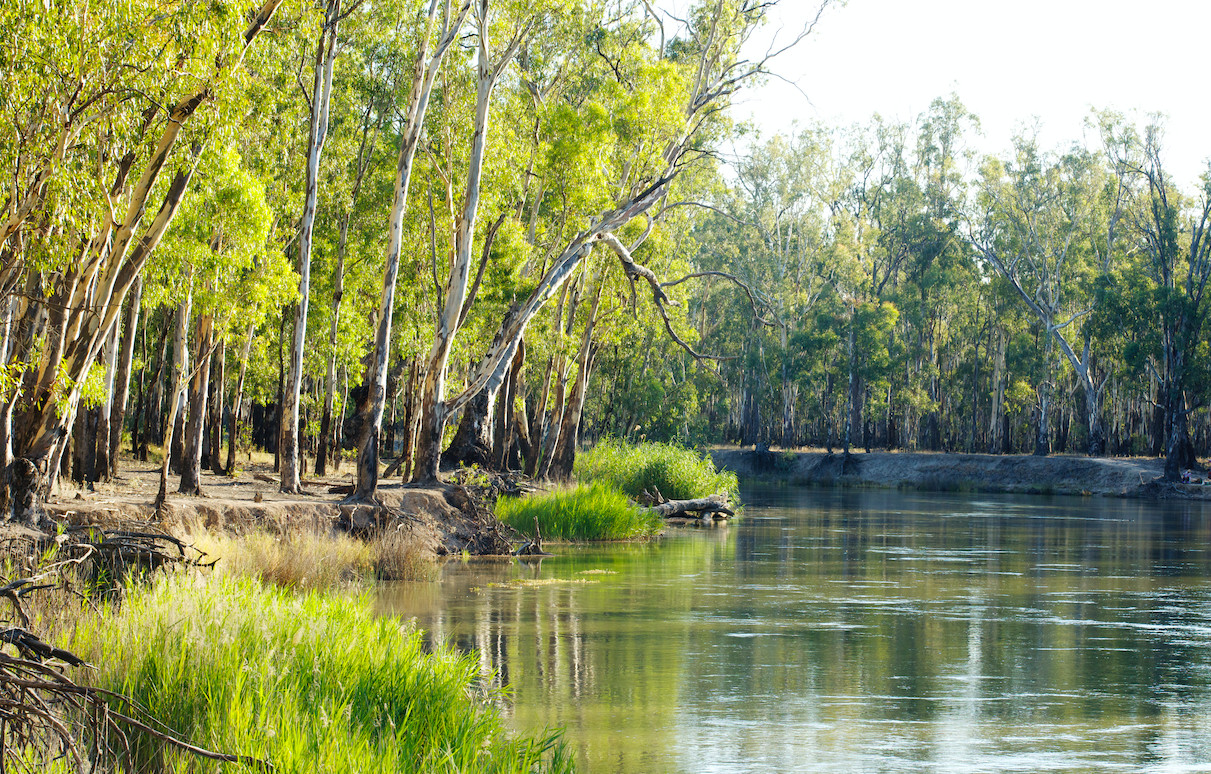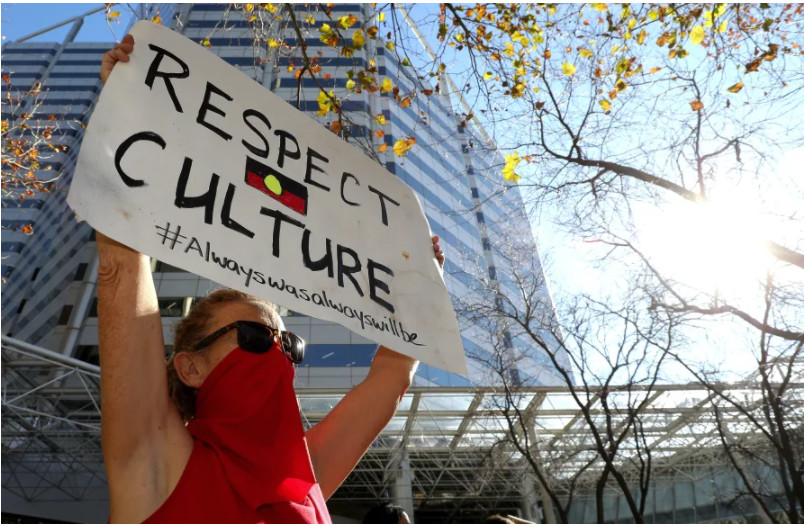
Sciences & Technology
Everything is Country

As we adapt to climate change, it’s essential that we recognise the deep knowledge First Peoples bring in managing and adapting to environments over millennia
Published 6 July 2021
Country holds us. Let us hold Country. Country hears us. Let us hear Country. Country sees us. Let us see Country. Country feels us. Let us feel Country. Country heals us. Let us heal Country.
The theme for NAIDOC 2021: Heal Country! comes at an important time when Aboriginal and Torres Strait Islander people are calling for greater protection of our lands, waters and sacred sites.

In the past year alone, we have observed repeated failures to protect sites that are sacred to our communities; the destruction of 46,000-year-old caves at Juukan Gorge in Western Australia, the removal of the Kuyan ancient eel rock formation at Lake Bolac and the felling of sacred Djab Wurrung trees in Western Victoria.

Sciences & Technology
Everything is Country
This devastation is not only physical.
For Aboriginal people, the impact is emotional, cultural and spiritual – directly affecting mental health, family and community wellbeing.
Country is the place from which we come and to which we will return. Country sustains us culturally, physically, linguistically, spiritually and emotionally. As custodians of the land, it is our duty to protect Country.
With climate change our Country is hurting and so are we.
Extreme weather including heatwaves, floods, drought and fire are becoming the norm. Scorching temperatures that were predicted for 2030 by Australia’s Commonwealth Scientific and Industrial Research Organisation (CSIRO) are already here and sea levels are rising, leading to climate refugees within our own Country.
As the Australian Indigenous Doctors Association points out, “when Country is sick from the environmental ill-effects of climate change, the sacred relationship with plants, animals and spirit ancestors is ruptured”.
As we adapt to climate change, it is essential that we recognise the deep knowledge First Peoples bring in managing and adapting to changing environments over millennia.

Working in Australia’s mainstream health care system, I can say that connection to Country is not included when assessing someone’s health and wellbeing. The mainstream model is one of risk factors, lifestyle choices and genetic factors that underpin a condition or health outcome.

Health & Medicine
Connecting culture and health
The problem here is that when drawn entirely from a Western perspective this point of view fails to capture Indigenous dimensions of wellbeing including the importance of connectedness to family, community and Country for social, emotional and spiritual wellbeing.
For these connections to be strong, we need to live our lives free of racism.
Yet, this is not the case for many with a recent national survey of more than 8,000 Aboriginal and Torres Strait Islander adults showing almost 60 per cent experienced discrimination associated with a range of negative outcomes including anxiety, depression, heart disease, high blood pressure, high cholesterol and diabetes.
Taken together, these findings highlight a need to reframe and reclaim health and wellbeing in a way that gives space for Indigenous dimensions of wellbeing and Indigenous realities of living and surviving in mainstream Australia.
This includes attention to the broader struggle for Indigenous sovereignty and self-determination.
In its interim report, the Inquiry into the destruction of Indigenous heritage sites at Juukan Gorge declared; “Never again can we allow the destruction, the devastation and the vandalism of cultural sites as has occurred with the Juukan Gorge – never again!”.

In addition to legislative change, the report identifies power disparities as being central to Indigenous communities’ inability to protect their sacred sites and cultural heritage. Until these power disparities are meaningfully addressed we will continue to see sacred sites destroyed - and the health of our Country and the health of our communities will continue to suffer.

Politics & Society
Going beyond healing to build Indigenous power
And yet we need not feel powerless as individuals to create change.
Following the destruction of sacred sites around the Country, Indigenous and non-Indigenous people in central Victoria united to set up a crowdfunding initiative to protect Me-Mandook Galk – a “beautiful grandmother tree” – a 400-year-old river red gum of great significance to Dja Dja Wurrung people in Victoria.
Now protected, Me-Mandook Galk will be a sacred place for Dja Dja Wurrung people to sing, dance, learn, feel safe, and be with our ancestors.
A sacred place to Heal Country.
Banner: Yorta Yorta Country; Murray River at Barmah State/Province Park/ Getty Images